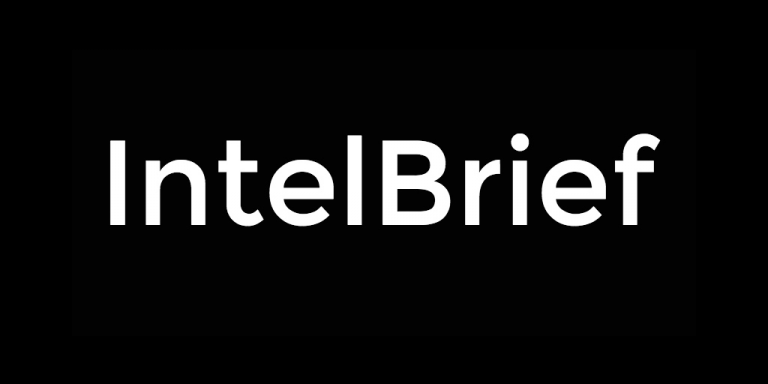INTELBRIEF
September 26, 2017
TSC IntelBrief: The Islamic State’s Economic Catastrophe in Deir Azour

• A multi-front campaign has given the so-called Islamic State both a military and an economic pounding in Deir Azour.
• On September 23, the U.S.-supported Syrian Democratic Forces captured the largest gas field in Syria, the Koniko field near Deir Azour.
• Oil and gas income from the area helped fuel the Islamic State’s explosive growth in 2014-2015.
• Now Syrian and Russian troops are racing SDF forces to recapture vital economic infrastructure, with high risk of more conflict.
At its height, oil and gas fields controlled by the so-called Islamic State in eastern Syria generated millions of dollars a month. U.S. military estimates prior to the November 2015 launch of Operation Tidal Wave II, which targeted the group’s oil and gas installations, estimated its take at almost $500 million from the sale of seized petroleum products. In the two years since, the Islamic State has seen its territorial and economic fortunes collapse, with recent losses in Deir Azour proving to be extremely damaging to the terrorist group. Revenue gained from Deir Azour helped fuel the Islamic State’s unprecedented expansion of in 2014; the loss of that revenue is helping to fuel its collapse.
The Islamic State suffered economically for several years as the coalition targeted its sources of revenue. The November 2015 air campaign focused on destroying the infrastructure of eight major oil/gas fields (Omar, Tanak, El Isbah, Sijan, Jafra, Azraq, Barghooth and Abu Hardan) that provided the majority of the Islamic State’s funds. Yet it proved impossible to separate the group from local economies through air strikes alone; the last year of significant and hard-fought gains in Iraq and Syria by anti-Islamic State forces came on the ground. Now the group is in its last days as a territorial power, though it will remain a serious threat as a terrorist and insurgency group in Iraq and Syria for years to come.
On September 23, the U.S.-supported Syrian Democratic Forces (SDF) captured the Koniko field near Deir Azour, the largest gas field in Syria. The Islamic State can neither defend these installations, nor pay its defenders and workers. The result is a cascading series of losses from which the group can’t recover, either economically or militarily. The SDF are only one of the formidable forces squeezing the Islamic State in eastern Syria. Assad regime forces, now supported by Russian special operations units as well as Russian air power, are retaking much of the province. The Assad regime and the SDF are in a race to claim the oil-rich region; seizing it would, in theory, give the rebels some leverage in any potential negotiations. However, Damascus is not interested in negotiations and believes it is on the verge of a total military victory, making Deir Azour, along with Idlib in the north, the key remaining battles in the long civil war. The resources of the Deir Azour region will be vital to the future of Syria regardless of who controls them, and the reconstructing and replacing damaged or destroyed infrastructure will be a decades-long endeavor, even in the best-case scenarios.
Possessing financial revenues and natural resources equivalent to a small nation-state were always a major source of the Islamic State’s power and threat. Controlling the Euphrates river, as well as the agriculture and industries of Deir Azour made the group as close to a state as it would become, before it began its slide back down the scale to an active insurgency and terrorist group. The intense pressure from both the Assad regime and the SDF will intensify in the weeks to come as both seek to claim some of the most valuable real estate in the war, with civilians bearing the brunt of suffering in both the near-and-long term.
.
.
For tailored research and analysis, please contact: info@thesoufancenter.org
.
.